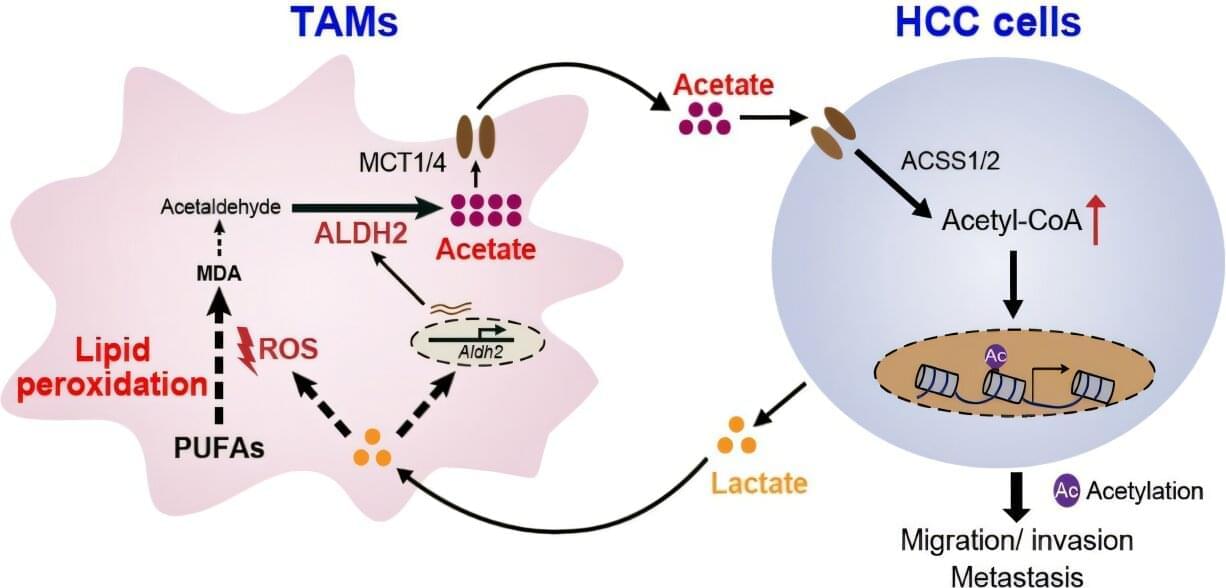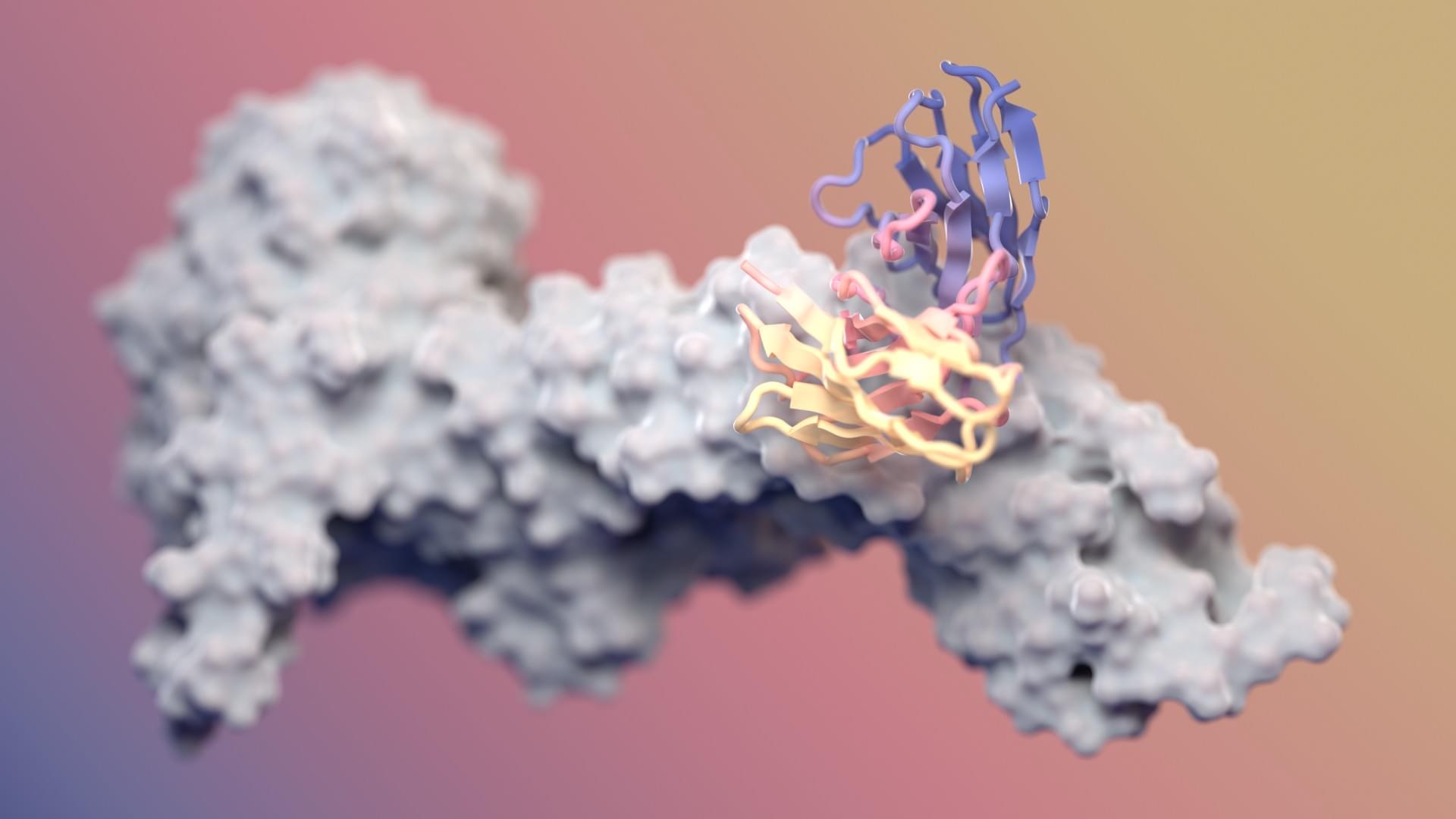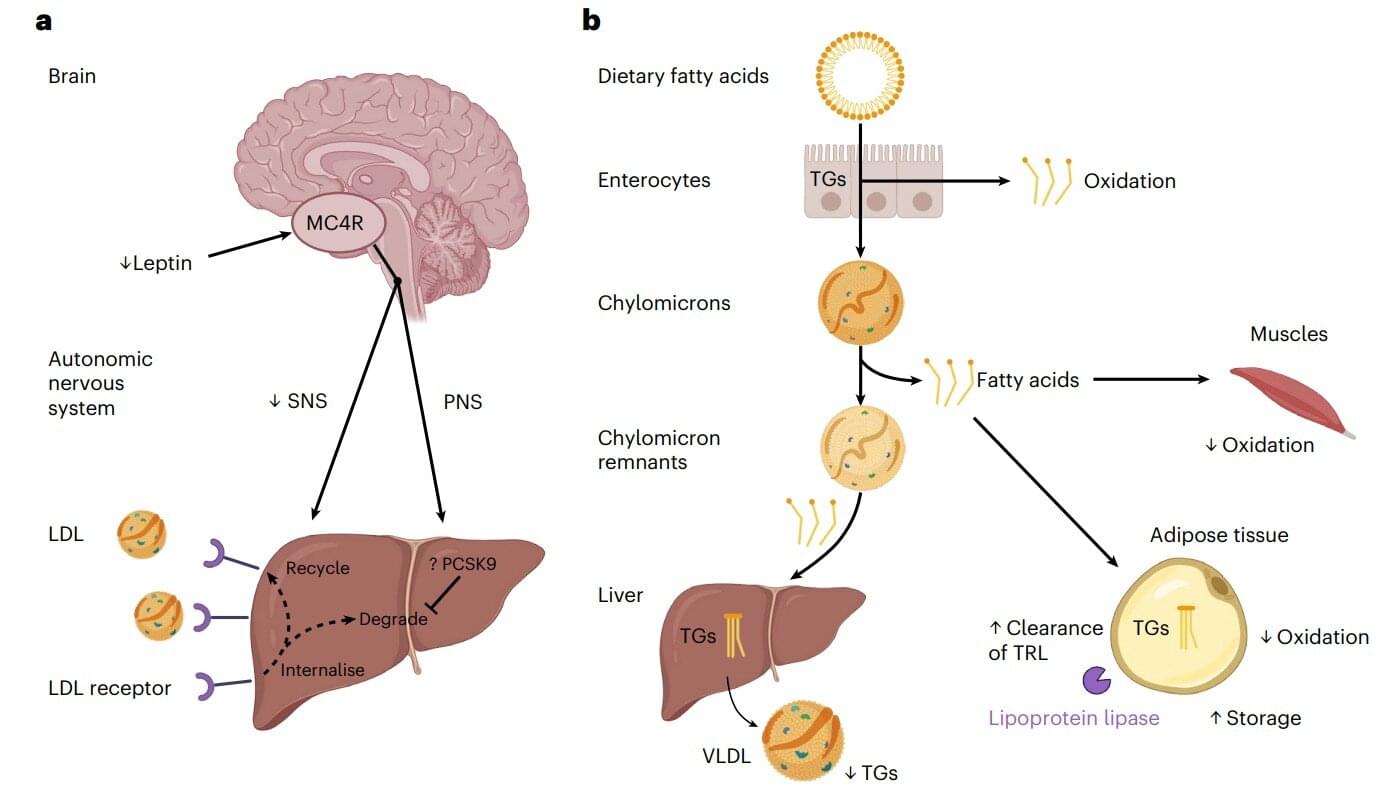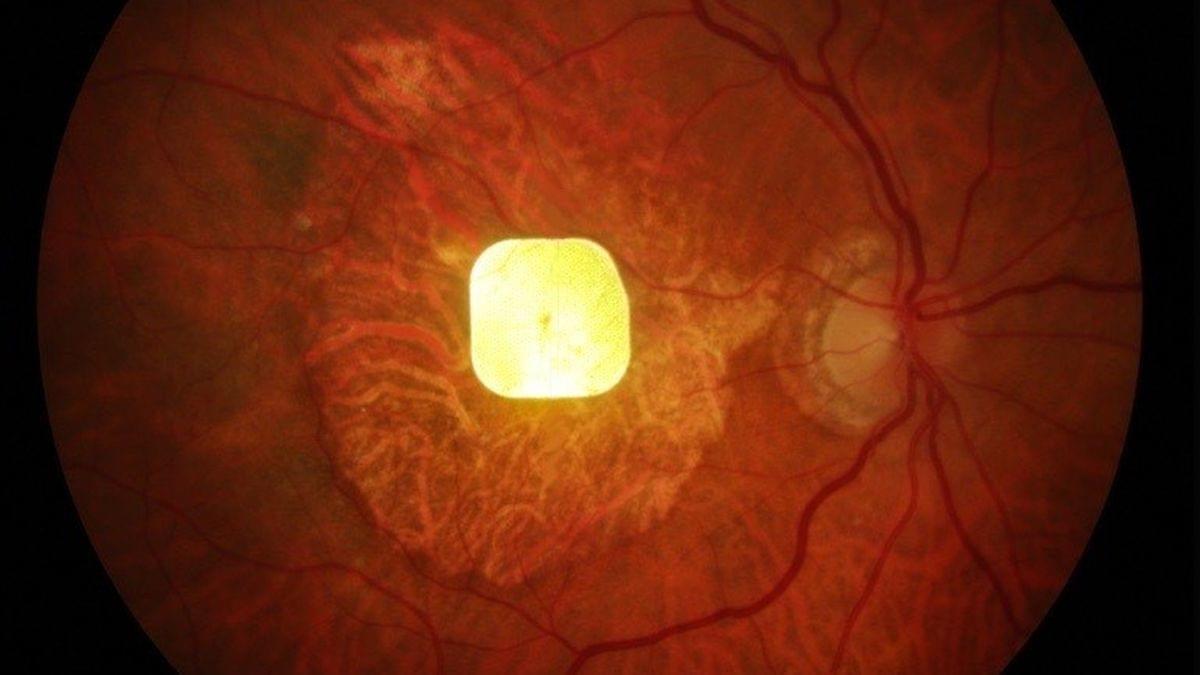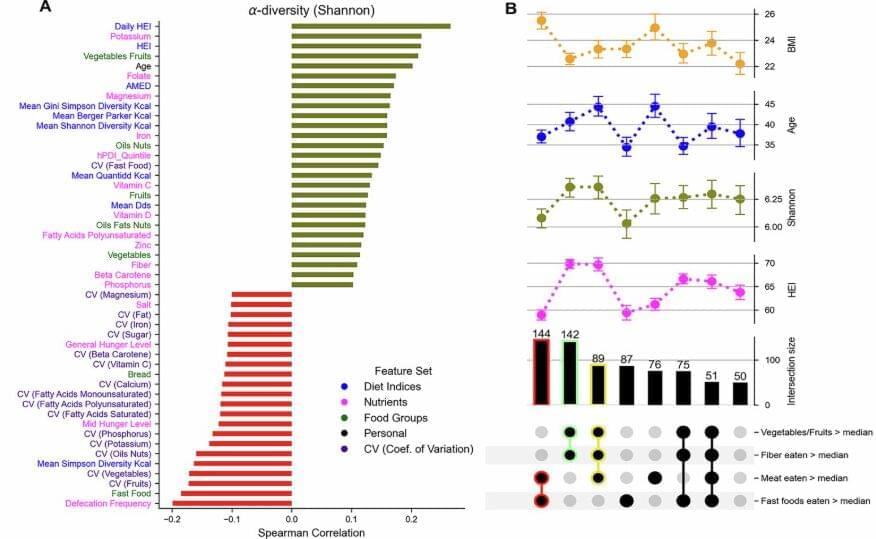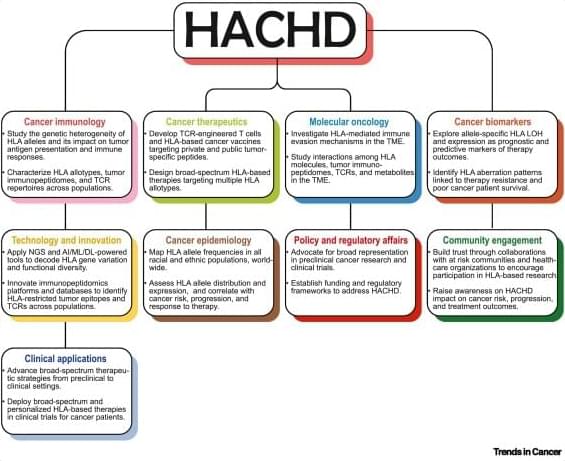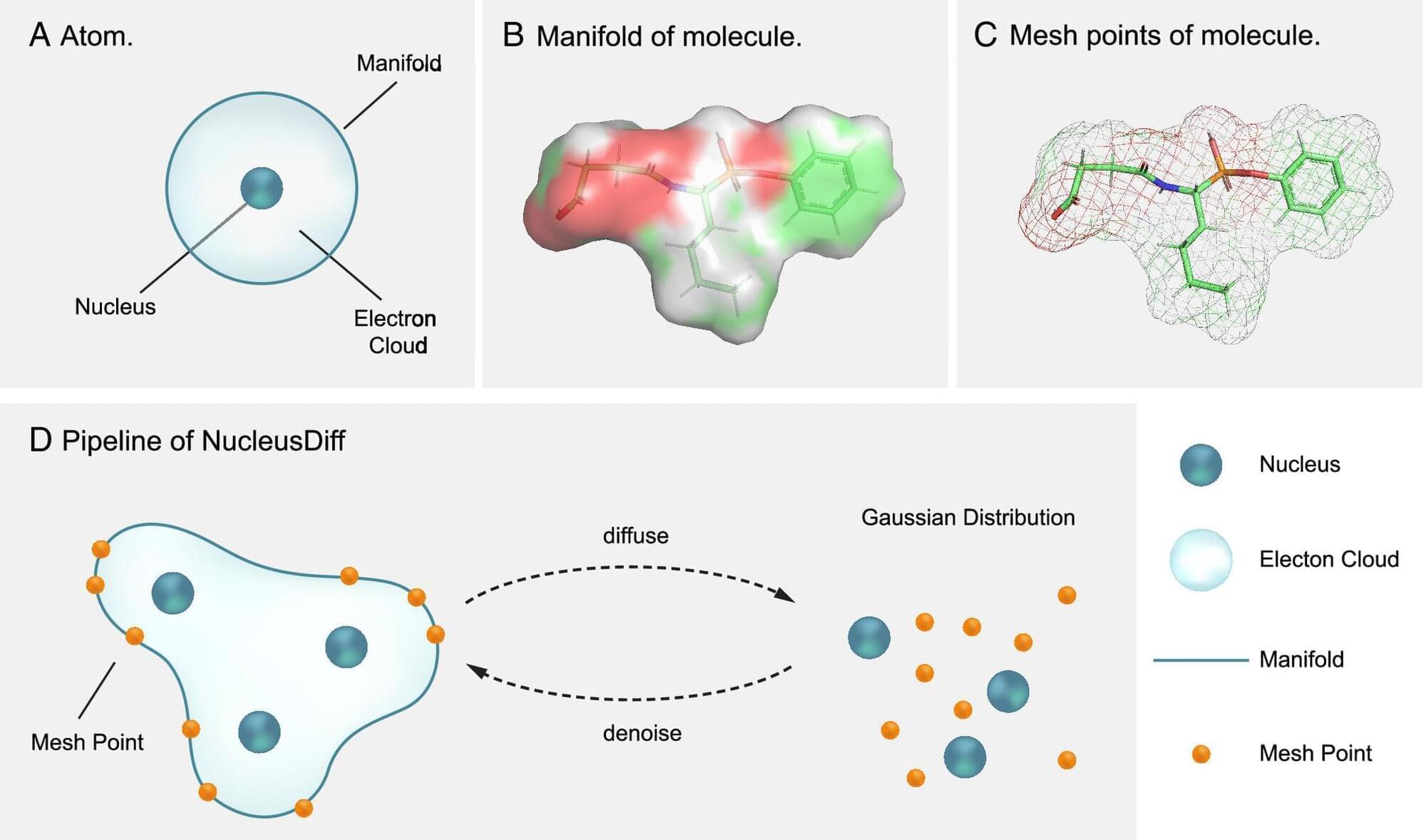Chinese researchers have revealed a mechanism that triggers metastasis of hepatocellular carcinoma (HCC)—the most common type of primary liver cancer—through the production of acetate by tumor-associated macrophages.
Acetate is important to cancer metastasis because it promotes the synthesis of acetyl-coenzyme A (acetyl-CoA), which is a pivotal metabolic intermediate in the catabolism of glucose, lipids, and amino acids, as well as the biosynthesis of lipids and the TCA cycle. Acetyl-CoA also functions as a signaling molecule due to its role in lysine acetylation. Increased acetyl-CoA production is characteristic of metastatic cancers.
Researchers have known that acetate levels in the blood are significantly lower than in cancer tissues, suggesting the presence of acetate-producing cells within the cancer microenvironment. However, the exact source of acetate in the cancer microenvironment was previously unclear.
